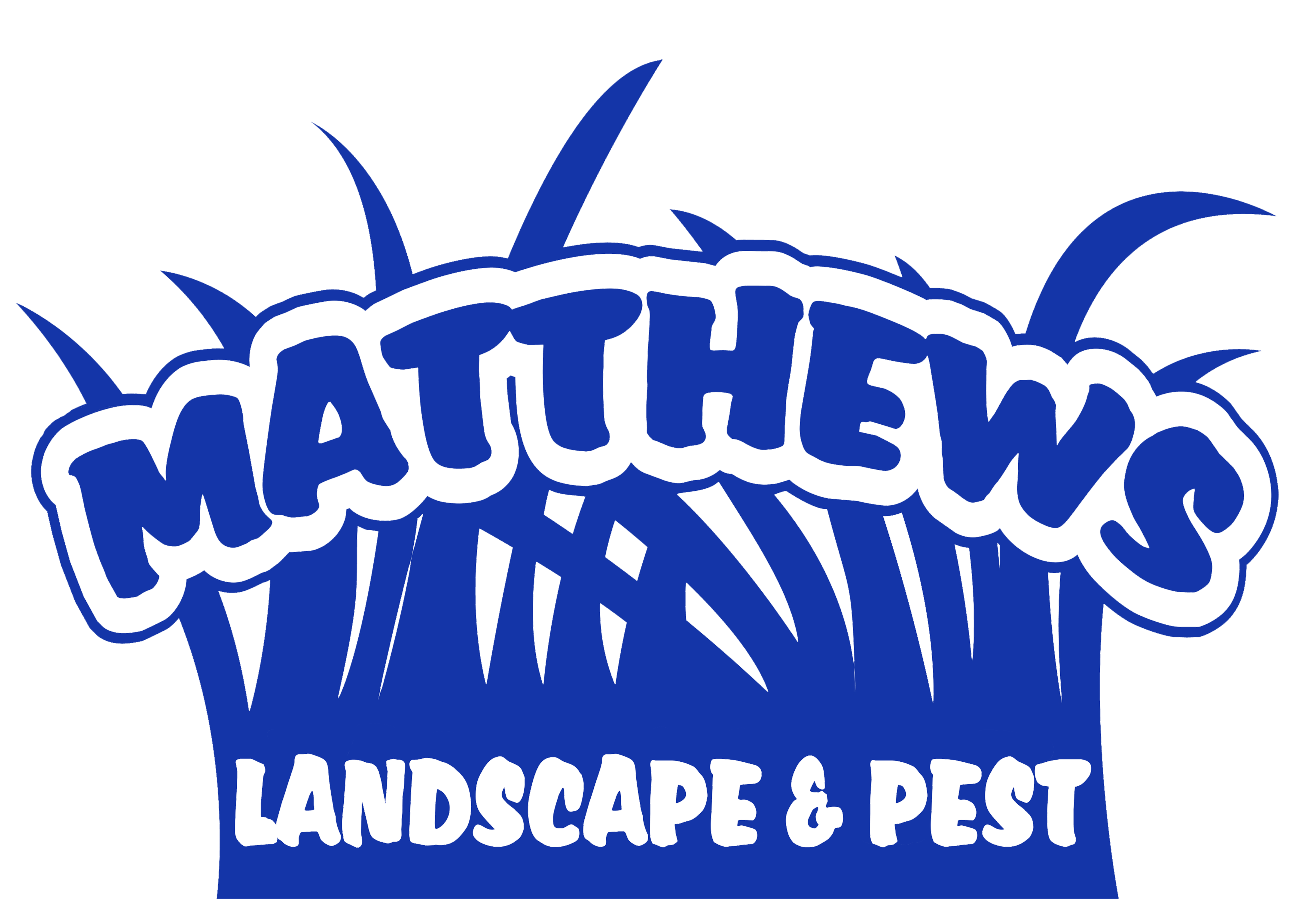Thatch Control & Soil Compaction in Shreveport Bossier City Lawn Care
Soil compaction and excessive thatch has become a problem in many lawns in Shreveport Bossier City. Both are easily treated issues that Matthews Landscape has the equipment and knowledge to handle. Ask for your Free Estimate today to have these problems taken care of.
Thatch is a tight layer of organic debris existing between the grass and soil surface. It is composed primarily of products from stems, leafs and roots that are fairly resistant to decay. Although a little thatch improves the wear tolerance of a lawn, excessive thatch allows for disease organisms and insects making the lawn more susceptible to damage from disease and drought.
(Reference Picture Above)Thatch is the layer of
un-decomposed and partially decomposed
plant material tightly interwoven with living
tissue between the soil surface and green
vegetation.
In many lawns, organic debris is produced faster than it can decompose and thatch starts to develop. Multiple factors determine the speed of thatch development by affecting how fast the organic matter is produced. Infrequently mowing or allowing grass to grow too tall before mowing is the major factor to this happening. Also compacted soil conditions leading to shallow root development is a problem.
Mechanical removal of thatch can be best achieved with a vertical mower (also called a power rake). These machines have steel knife-like or spring-like tines that rotate perpendicular to the ground surface. To be effective they should be set so the tines bring a small amount of soil to the surface with the thatch debris. Vertical mowing results in a large volume of debris that must be removed from the lawn. Disposal of this debris sometimes presents a problem as you will need a large trailer to haul it off.
The best time for vertical mowing is usually between June and October because grass is growing vigorously then and should recover quickly from any damage. In addition, few weed seeds germinate at that time. A light application of fertilizer and regular watering will speed the lawn’s recovery after vertical mowing.
Soil Compaction is a problem that occurs in your lawn due to heavy traffic such as a lawn mower. It can also occur from the extreme heat drying out the soil causing the ground to become very hard. Compacted soil can lead to shallow roots systems in you grass and create thin and weak looking turf.
Aerification of compacted soils promotes better moisture and air penetration into roots. It helps to establish a deeper and healthier root system and stimulates activity involved in feeding the grass. To be effective, the aerifier must have hollow tines or spoons that bring the cores of soil to the surface. It’s best to run a core aerifier over the lawn in different directions to break up compacted soil as much as possible. Allow the cores to sit on the surface and crumble apart over time. This “top dresses” the grass with soil containing desired micro-organisms that will work at decomposing thatch.
The best time to aerate is between July and October. Spring or summer aerification can also be successful, especially when followed with regular, frequent watering. Follow up with an application of per-emergence herbicide after aerifying to help prevent annual weeds from sprouting.
(Reference Picture Above) An aerifier takes plugs out of the
ground, leaving holes approximately one-
half inch in diameter and up to three
inches deep.
